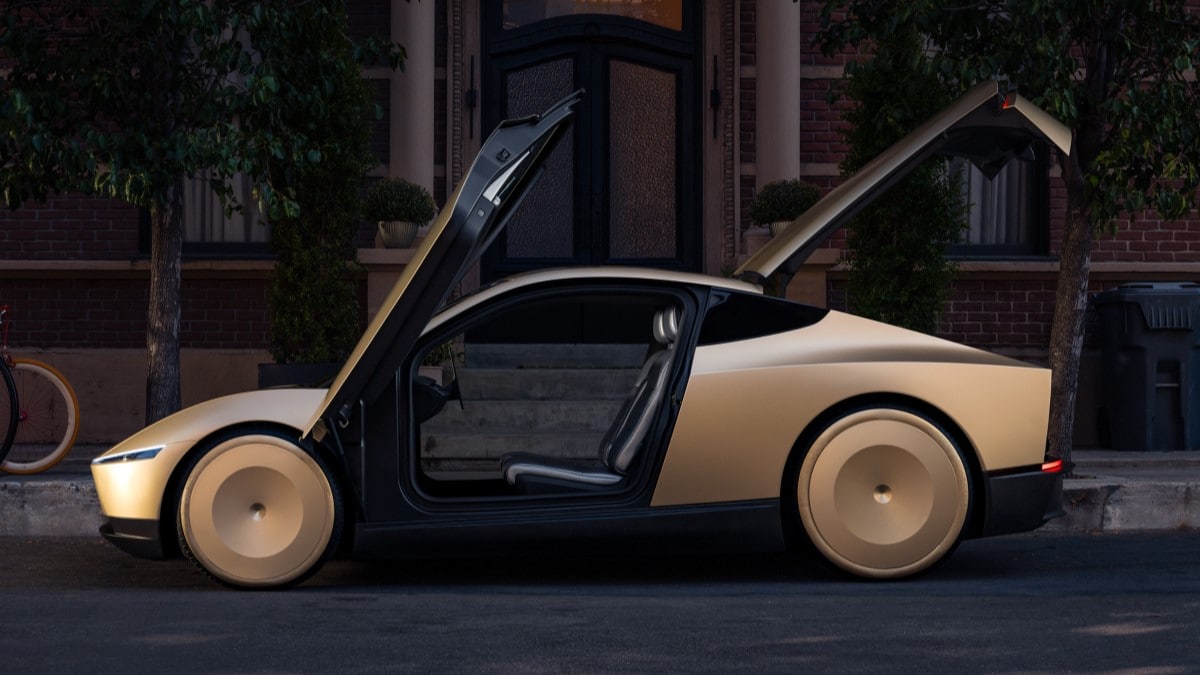
The federal government late last week relaxed rules that require car companies to report accidents involving their automation systems. The move came as part of a package of changes meant to help American companies develop self-driving technology faster.
“This Administration understands that we’re in a race with China to out-innovate, and the stakes couldn’t be higher,” Transportation Secretary Sean Duffy said Thursday. “As part of [the Department of Transportation’s] innovation agenda, our new framework will slash red tape and move us closer to a single national standard that spurs innovation and prioritizes safety.”
However, the move is largely seen as a boon to Tesla, which is behind the bulk of crashes involving automation systems that have ever been reported to the government. Tesla CEO Elon Musk was a major part of President Trump’s reelection campaign and has led his Department of Government Efficiency (DOGE) cost-cutting effort.
Tesla stock surged nearly 10% Friday on the news after a punishing month of losses.
There Are No Self-Driving Cars
There are no true self-driving cars for sale in America today. However, many automakers sell partial automation systems that can take over some of the tasks of driving as long as a human is ready to intervene.
Related: Self-Driving Cars — Everything You Need to Know
All but one require a driver to keep their eyes on the road, even if the system is active. Only Mercedes’ Drive Pilot system allows drivers to look away under certain conditions. Mercedes accepts liability for accidents caused while the system is engaged.
Many of these systems have misleading names – Tesla’s “Full Self-Driving (Supervised)” is likely the most deceptive. Safety advocates have long asked the industry to adopt a less-confusing naming system.
Taxi Services in Some Cities
Several technology companies operate robotaxi services in certain cities. These services operate in limited geographic areas of each city and often have a human operator who can remotely take over.
Some investors and venture capitalists believe robotaxi services have great financial promise. They say removing humans from the ride-hailing process could save costs and keep cars in service 24 hours a day. But the business has proved challenging.
General Motors shuttered its robotaxi effort, Cruise, last year. Several technology companies, such as Google parent company Alphabet’s Waymo and Amazon’s Zoox projects, are still pursuing parallel efforts.
However, the industry got a shot of adrenaline late last year when Tesla unveiled its long-rumored Robotaxi.
A Patchwork of State, Local Rules Today
Today, state and local laws govern the rollout of autonomous driving systems and cyber cab services. Mercedes sells Drive Pilot only in Nevada and parts of California. Zoox and Waymo operate in a limited number of cities and expand their maps slowly based on approval from local governments.
That, Duffy said, could limit progress.
Move Embraces National Approach, but Softens Safety Standards
The Transportation Department packaged several moves together in an attempt to create a nationwide standard, freeing companies from having to comply with different rules in different states and cities.
The government already had a program that granted exemptions to federal safety rules for some automated vehicles, but it was limited to imported vehicles used in limited tests. New changes allow domestic companies to use it. New “simpler, faster exemption procedures,” the department says, remove “a needless roadblock to innovation.”
The move, however, is limited to commercially owned vehicles. It allows robotaxi companies like Zoox and Waymo to operate cars with cameras instead of side mirrors. But it won’t allow Tesla to sell you one.
The department also softened reporting requirements for crashes.
Previously, companies were required to report all crashes in which a partial automation system was active and a car had to be towed. The new rules will require a report only if an airbag deploys, a pedestrian is struck, or a passenger dies or requires medical treatment.
Reporting Data Was a Problem for Tesla
The Craft Law Firm of Houston, Texas, recently analyzed all the accidents reported to the National Highway Traffic Safety Administration (NHTSA) under the prior requirements. They found that, of 3,979 accidents between June 2021 and June 2021, 2,146 (54%) involved a Tesla.
Waymo came in second, with 415 accidents (10% of the total).
Related: Washington Post – Tesla Autopilot Behind More Crashes Than Rival Systems
Tesla made major changes to how its system operates with a pair of recalls in late 2023 affecting nearly every car it had ever built. The study’s data includes accidents from before and after the changes.
Watchdogs Concerned
Consumer advocacy groups have sounded the alarm about the changes.
Cooper Lohr, senior policy analyst for transportation and safety at Consumer Reports, said, “This is a major missed opportunity. Corporate underreporting has been a persistent issue, and these changes do nothing to improve the accuracy or completeness of the data manufacturers are required to submit.”
Noah Goodall, an independent researcher who studies autonomous vehicles, told Wired the changes will make it harder to spot safety problems. “You’re getting less reporting now,” Goodall said.
Meanwhile, Car and Driver notes, “DOGE dismissed around 30 NHTSA workers in February, many of whom worked in the realm of vehicle automation safety.”

